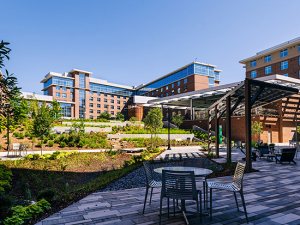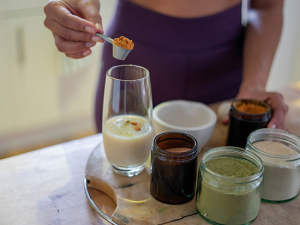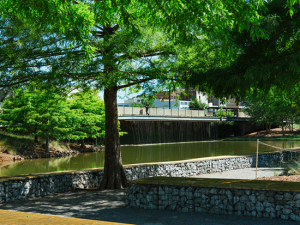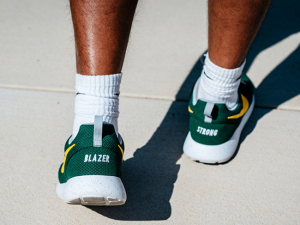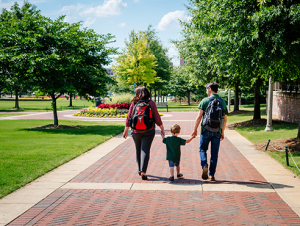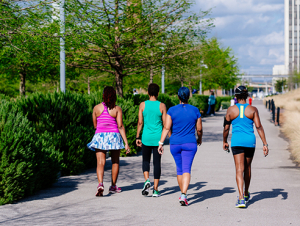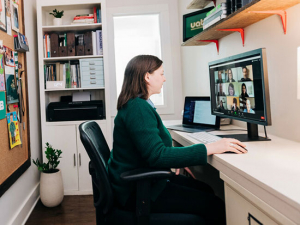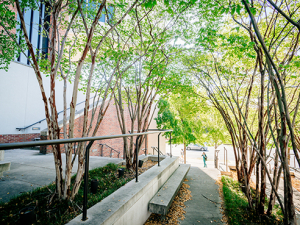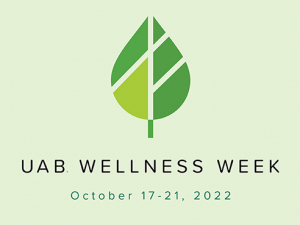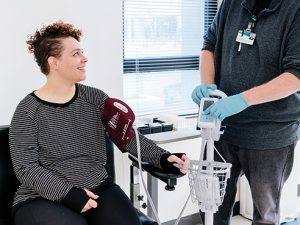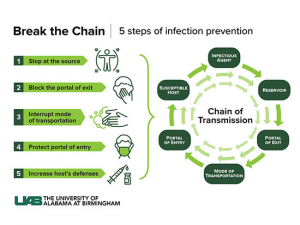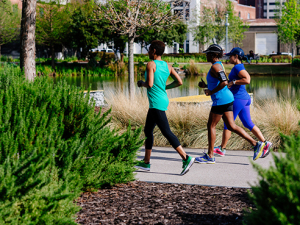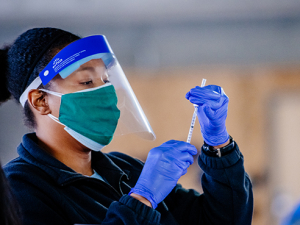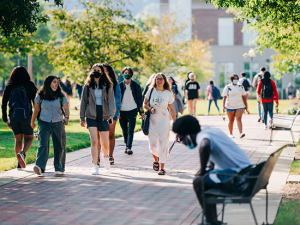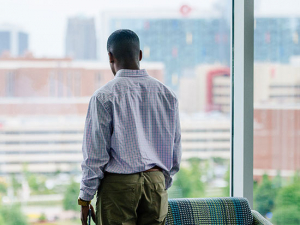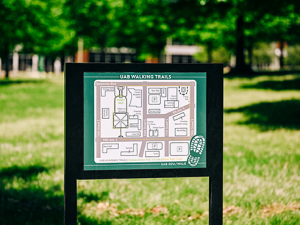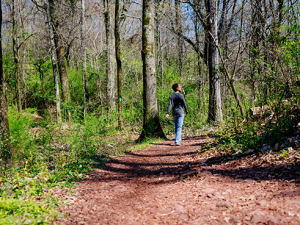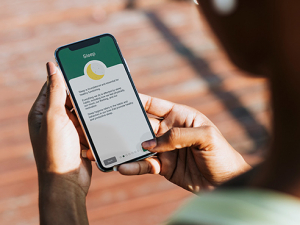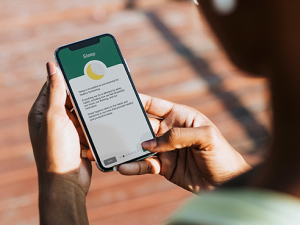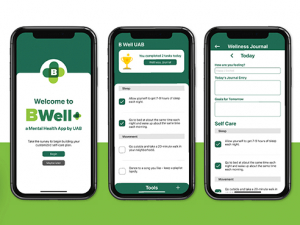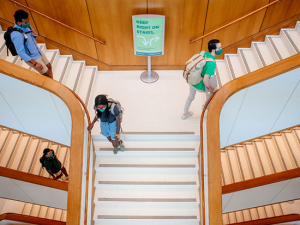Gifts to UAB’s Tree Fund will be used to maintain tree diversity, replace damaged or diseased trees and add to the tree population on campus. |
UAB’s campus is home to more than 4,000 trees. Some are smaller, like the Chinese elms by UAB Hospital or Blount Hall. Others, like the oak willows at Sterne Library’s southeast corner, can be more than 40 inches in diameter. But all of them are important — so much so that the UAB Facilities Division has created a process to evaluate and preserve trees on campus.
In 2015, UAB was first recognized by the Arbor Day Foundation as a Tree Campus USA, a designation that promotes preserving healthy trees and engaging students and staff in the spirit of conservation, and has earned an annual designation every year since.
As part of the process, all trees on campus have been assessed for value, based on age and location. Use this specialized Google Map, created by the UAB Reporter for this story, to find the most treasured trees on campus.
To continue that legacy, this new preservation process works with the campus construction planned for the coming years: If a tree or group of trees must be removed during construction, new trees equal to the value of those removed must be planted at the site or the equivalent dollar amount added to the University Tree Fund.
“Trees provide multiple environmental and health benefits,” said Julie Price, manager for UAB Sustainability. “They lower air temperatures, making urban areas more habitable. Their roots purify water and reduce soil erosion, and they improve our air quality by filtering harmful dust and pollutants such as ozone, carbon monoxide and sulfur dioxide from the air we breathe. Trees also offer shade, beautify the landscape and support habitat for wildlife.”
Click through the slideshow to learn more.
-
UAB’s largest (and oldest) tree: Quercus rubra, Northern Red Oak
Back story: The northern red oak — also known as a champion oak, appropriate for UAB — can grow as far north and east as the Great Lakes and Nova Scotia, as far south as Georgia, Louisiana and Alabama and as far west as Oklahoma and Nebraska.
Location: Located at UAB’s Alys Stephens Center’s ArtPlay on 19th Street South near Five Points South, the tree is around 44 inches in diameter at breast height. Although tree growth rates vary per tree species and environmental conditions, generally the larger the diameter, the older the tree, says Geoff Boyd, landscape architect with UAB’s Planning Design and Construction. Telling the exact age of the tree is difficult without an invasive study, like coring or cutting it down, and there is no documentation of when the tree was planted, yet the red oak is believed to be the oldest on campus because of its diameter.
Estimated value: ArtPlay’s red oak has a value range of $13,700 to $20,500, averaging about $17,100. -
UAB’s rarest tree: Platanus orientalis, Oriental Plane Tree
Back story: According to legend, the Platanus orientalis is a descendant of the tree under which Hippocrates, often called the father of Western medicine, taught students of medicine on the Greek island of Kos around 400 B.C.
Location: Located in the 15th Street Greenway east of the Hill Student Center, the tree was donated by friends and planted in 2016 in honor of the late William Brown Deal, M.D., dean emeritus of the School of Medicine.
Estimated value: “The Hippocrates tree value is difficult to provide a dollar amount to,” Boyd said. “It is a newly planted tree so the tree itself doesn’t have a lot of value. However, the significance of what it represents provides more sentimental and cultural value.” -
UAB’s most valuable tree: Quercus virginiana, Southern Live Oak
Back story: Live oak wood is famously durable, hard and heavy, and therefore was often used in ship-making in the 1700s and 1800s. The frame of the legendary USS Constitution was made of live oak wood harvested from Georgia, and it was so durable it protected the ship from cannon fire, earning it the nickname “Old Ironsides.”
Location: Often thought of as iconic of the Old South, the live oaks on campus are UAB’s most valuable trees. You can see many at the UAB Mini Park at University Boulevard and 14th Street South across from Heritage Hall.
Estimated value: The largest within the park, which measures 30 inches in diameter at breast height, is worth about $37,200.



 Passion project
Passion project

